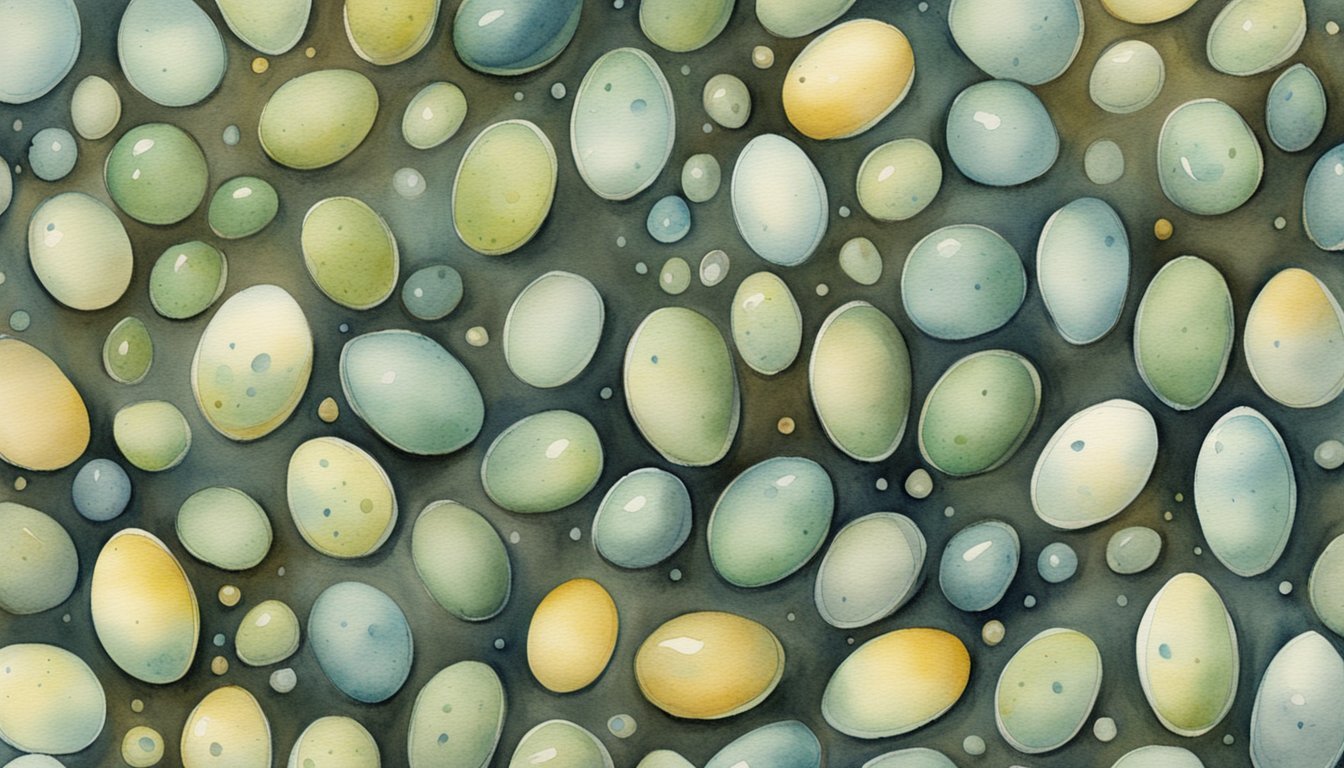Understanding Lice Life Cycle
The life cycle of head lice, Pediculus humanus capitis, comprises several stages from egg to maturity, which is crucial for effectively managing and treating lice infestations.
Life Cycle of Lice
The life cycle of lice can be fascinating, with each stage playing a critical role in their survival and spread. It starts when a female louse lays eggs, often referred to as nits. These nits are firmly attached to hair strands close to the scalp, ensuring the necessary warmth for hatching. Nits are encased in a tough protective shell, shielding them from harm.
- Egg: The beginning of the head lice life cycle.
- Nymph: After emerging, the louse develops through several nymph stages.
- Adult: Nymphs eventually mature into adult lice capable of reproduction.
Adult lice can swiftly infest a host by gripping onto hair with their six clawed legs, which facilitates their spread among individuals through direct contact or shared use of personal items.
Egg to Nymph Stages
Upon laying by the female louse, lice eggs take about 6-9 days to hatch into nymphs. These newly hatched nymphs must feed on blood immediately to survive and begin a series of molts.
- First Stage Nymph: This stage lasts about two days post-hatching.
- Second Stage Nymph: Occurs after the first molt, requiring additional blood meals.
- Third Stage Nymph: The final stage before reaching adulthood.
Nymphs resemble adult lice in appearance but are smaller in size. Throughout these stages, nymphs shed their casing multiple times as they grow, requiring ample nutrition at each interval to ensure successful maturation into adult lice ready to breed and continue the cycle of infestation.
Prevention and Treatment

Managing head lice effectively requires understanding the proper treatments available and measures to prevent future infestations. The solutions range from over-the-counter medications to meticulous home cleaning routines, ensuring one combats both the lice and their eggs.
Effective Lice Treatments
The treatment of head lice should begin with specific medicated shampoos or topical prescriptions that are designed to kill lice. These treatments often contain active ingredients such as pyrethrins, permethrin, or malathion lotion. In cases where over-the-counter options are ineffective, healthcare providers may prescribe stronger medications like ivermectin lotion or benzyl alcohol lotion. It’s crucial to follow the instructions carefully, as some treatments require multiple applications.
After treatment, using a lice comb is essential for removing nits and dead lice from the scalp. Combing should be thorough and might need to be repeated daily for several days to ensure complete removal of all lice and nits.
Preventing Lice Infestations
Prevention of lice largely hinges on avoiding direct head-to-head contact, which is the most common method of transmission. Additionally, while lice cannot survive long without a human host, it’s advisable to avoid sharing personal items such as hats, brushes, or hair accessories. Regularly washing and heat-drying personal items and clothing that may have come in contact with lice can help in preventing an infestation.
Vacuuming furniture and floors can remove any hairs that might have viable nits attached. Although lice cannot survive long without a human host, these measures can help in preventing a re-infestation.
Home Remedies and Tips
While some may advocate for home remedies, it’s important to note that most lack the scientific backing that medicated shampoos and prescription treatments have. Remedies such as mayonnaise, olive oil, or essential oils are sometimes claimed to suffocate lice but may not be effective at killing nits or adult lice.
Environmental control is equally essential. Linens, stuffed animals, and other fabric-based items should be washed in hot water and machine dried on a high-heat setting to kill any lice or nits that may be present. For items that cannot be washed, sealing them in a plastic bag for two weeks can help ensure that any surviving lice die off before reintroduction to the home.

